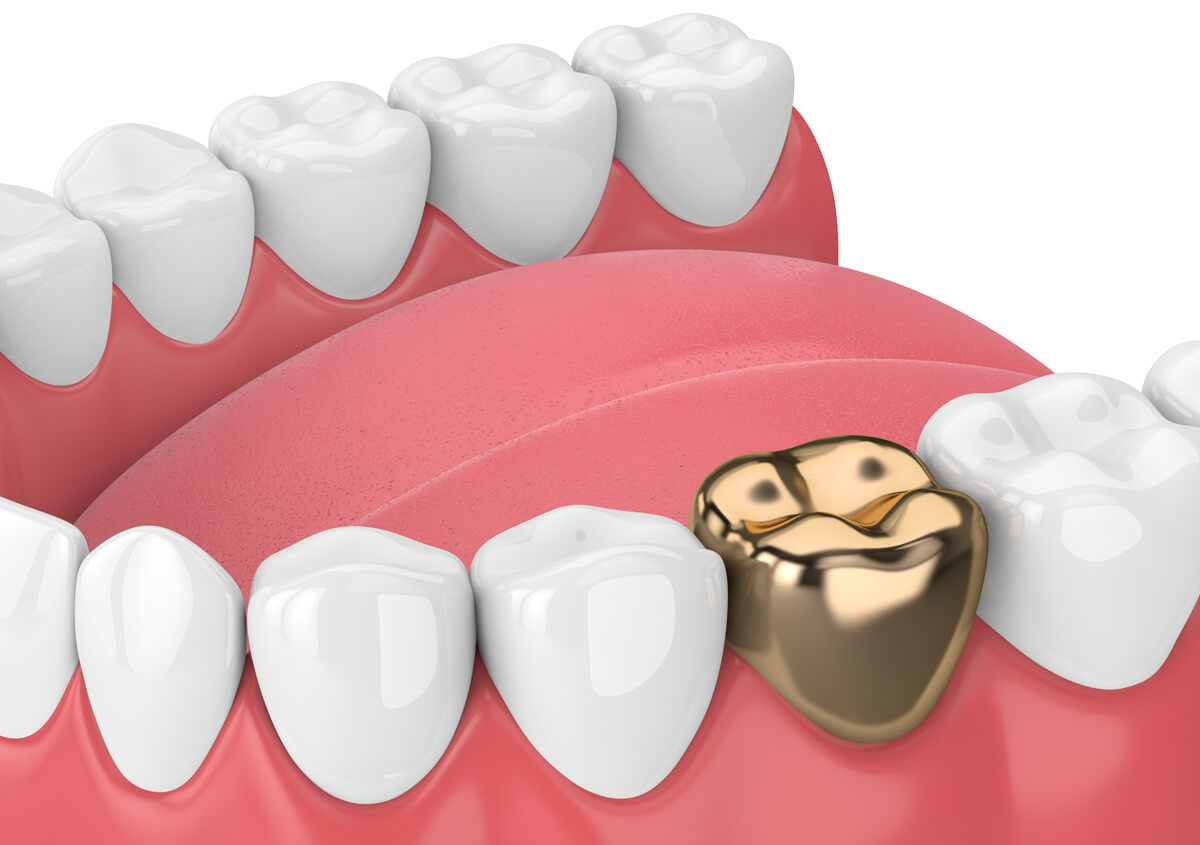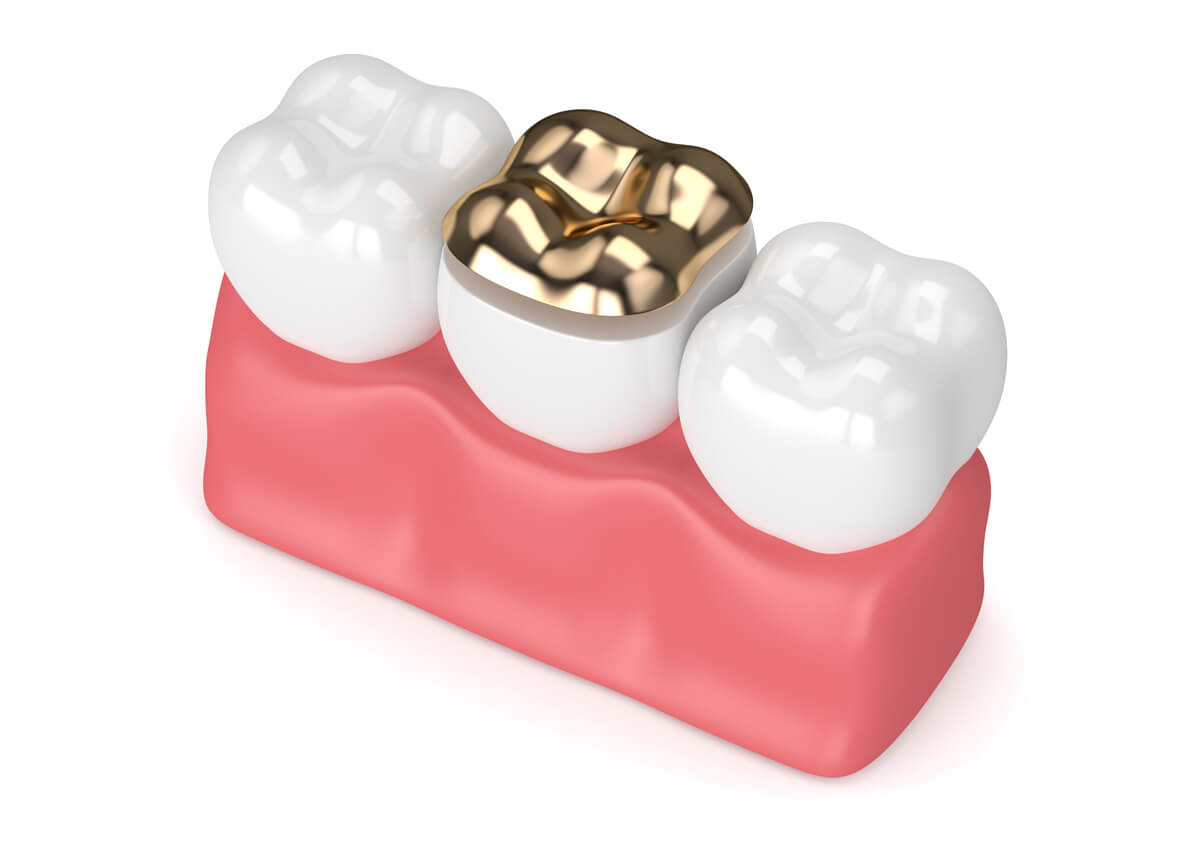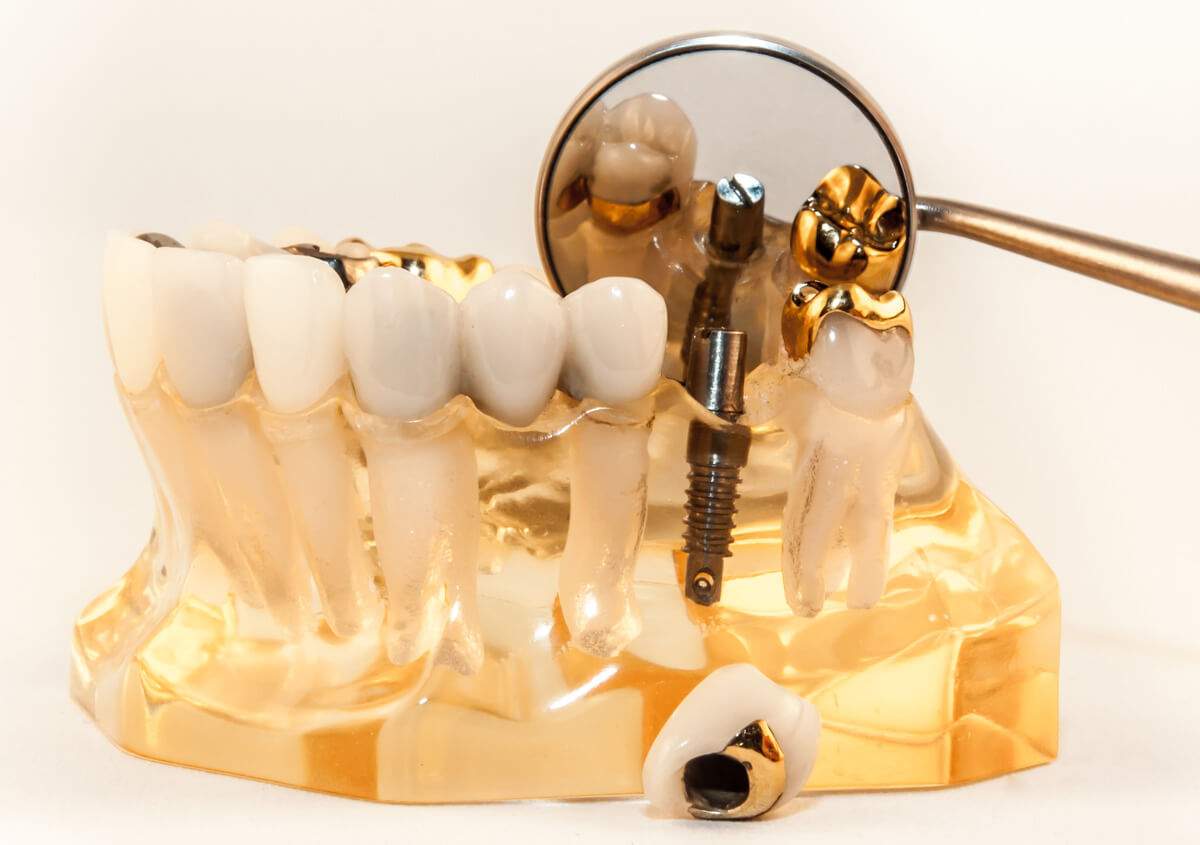Usage of Gold in Restorative Dentistry
Advantages and Disadvantages of Using Gold in Restorative Dentistry
 Gold is one of the most widely accepted materials for restorative dentistry because it is the most biocompatible material available in dentistry. At the same time, gold is considered a noble metal because it is the most non-reactive metal compared to many other metals and materials.
Gold is one of the most widely accepted materials for restorative dentistry because it is the most biocompatible material available in dentistry. At the same time, gold is considered a noble metal because it is the most non-reactive metal compared to many other metals and materials.
Another advantage is that gold has a very similar coefficient of thermal expansion and contraction as tooth structure. This property becomes very useful when the patient consumes extreme hot and cold fluids during the day, and the teeth continue to expand and contract. With any other material that has a very different co-efficient of expansion and contraction compared to the tooth structure, there will be fatigue at the joint or the seal between the teeth structure and the restorative material. This is one of the causes of tooth breakdown or recurring decay. With some materials, this condition may occur within a few months, while with others it may occur in a few years. But in the case of gold, the restoration can literally last for decades without any trouble.
Gold is one of the most malleable metals that can be molded in any way as required, without weakening its strength. That makes it an ideal material for building tooth structure as precisely as required. Another very important advantage of gold – it is conservative in nature. Gold conserves most of the natural tooth structure and causes minimum destruction of the natural tooth structure during the restoration.
However, a disadvantage of gold as a material used in dentistry is that it requires sophisticated handling and a high degree of attention to detail. Gold is quite a technique-sensitive material, and the results may not last in the long run if the restoration is not carried out with great precision and technique.
Many times gold is misunderstood as a material that may be aesthetically unappealing for a patient’s appearance. However, the truth is that in a majority of cases gold is used in such tooth restorations that are invisible to the casual observer from outside. Therefore, barring a few exceptions, most tooth restorations with gold do not compromise the aesthetics of the patient significantly.
The experience of Dr. Cruz with Gold as a Restorative Material
Dr. Cruz uses gold in his practice virtually every day to restore dental conditions that might otherwise require more aggressive removal of tooth structure. Dr. Cruz suggests the use of gold, particularly in situations where, for example, the tooth needs to be crowned and a significant amount of natural tooth structure is likely to be removed. Gold allows him the possibility to carrying out such restorations while conserving maximum natural tooth structure compared to any other restorative material.
At the same time, Dr. Cruz is highly sensitive to the cosmetic needs of his patients and uses gold judiciously after due consideration of the impact of the gold-based restoration on the aesthetics or appearance of the patient. However, often patients themselves also prefer to use gold because of the increased awareness of the benefits of using this metal as a dental restorative material.





























